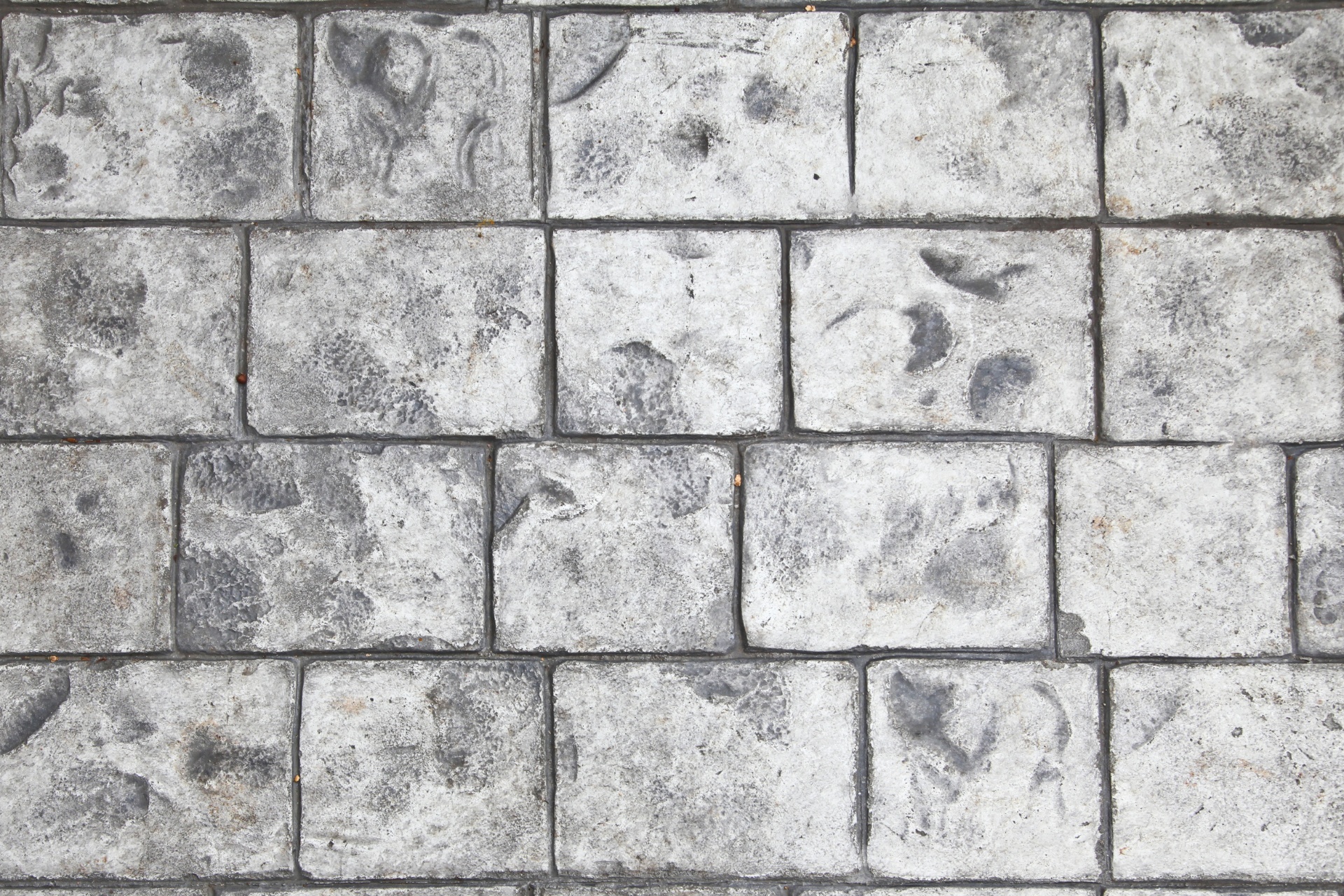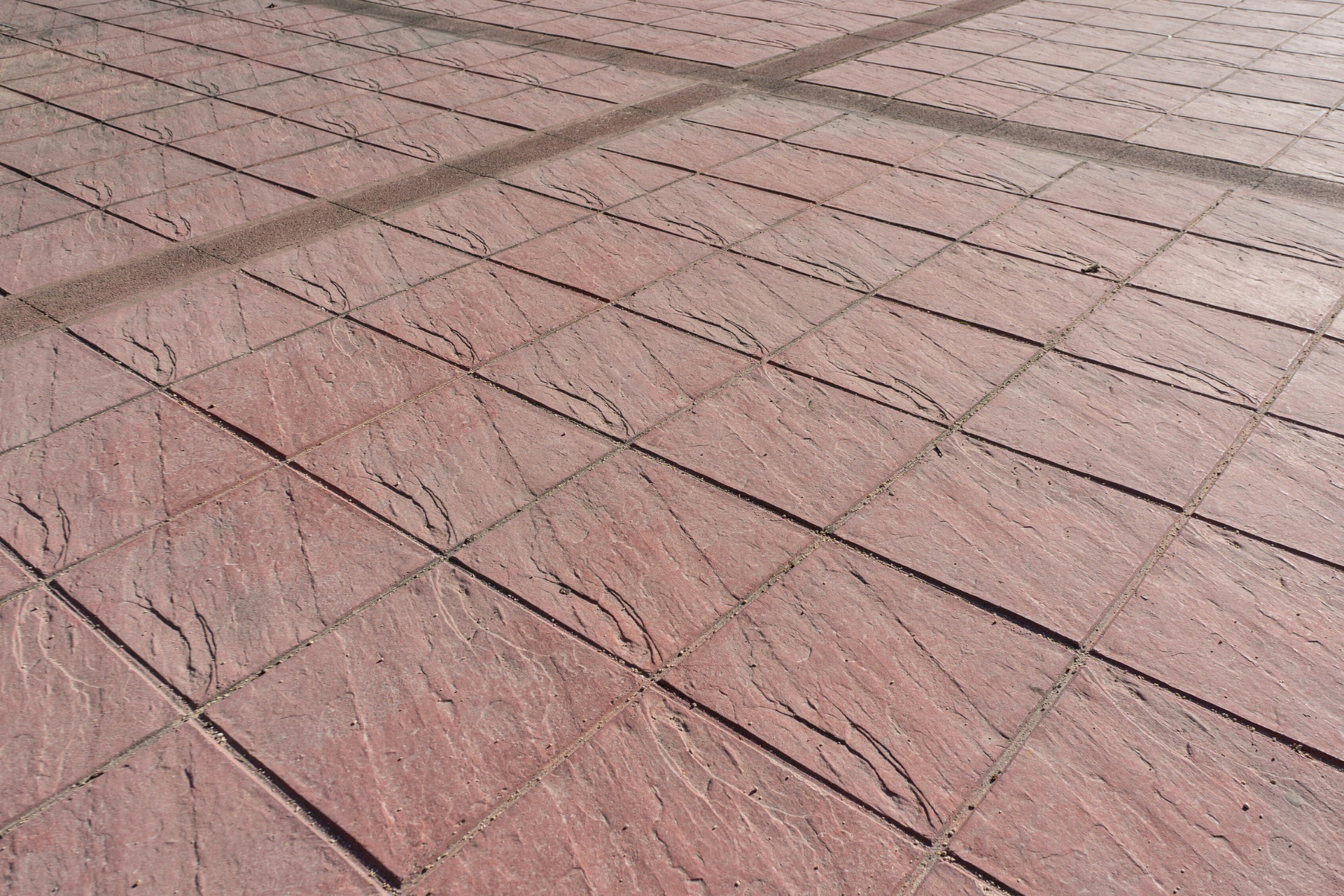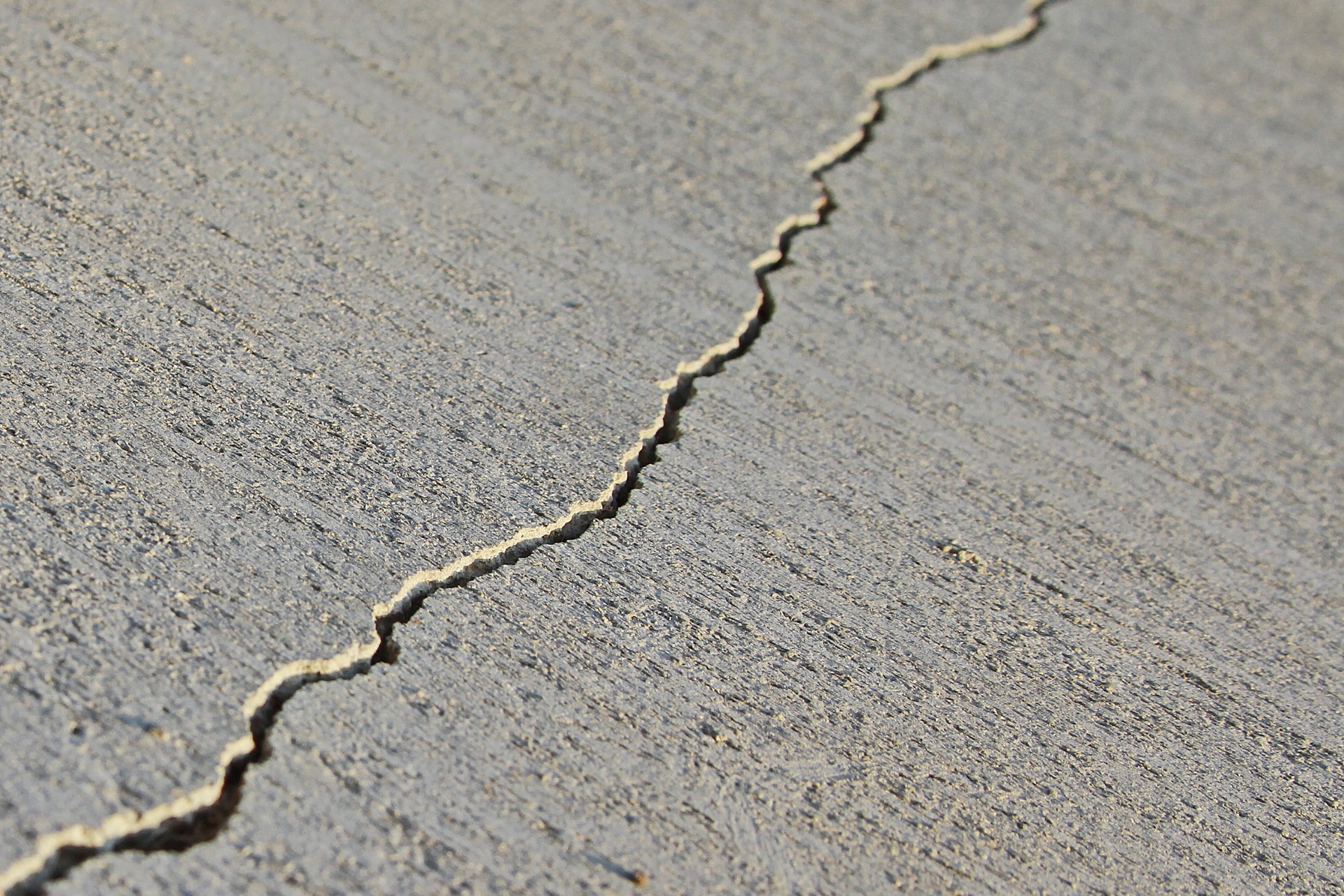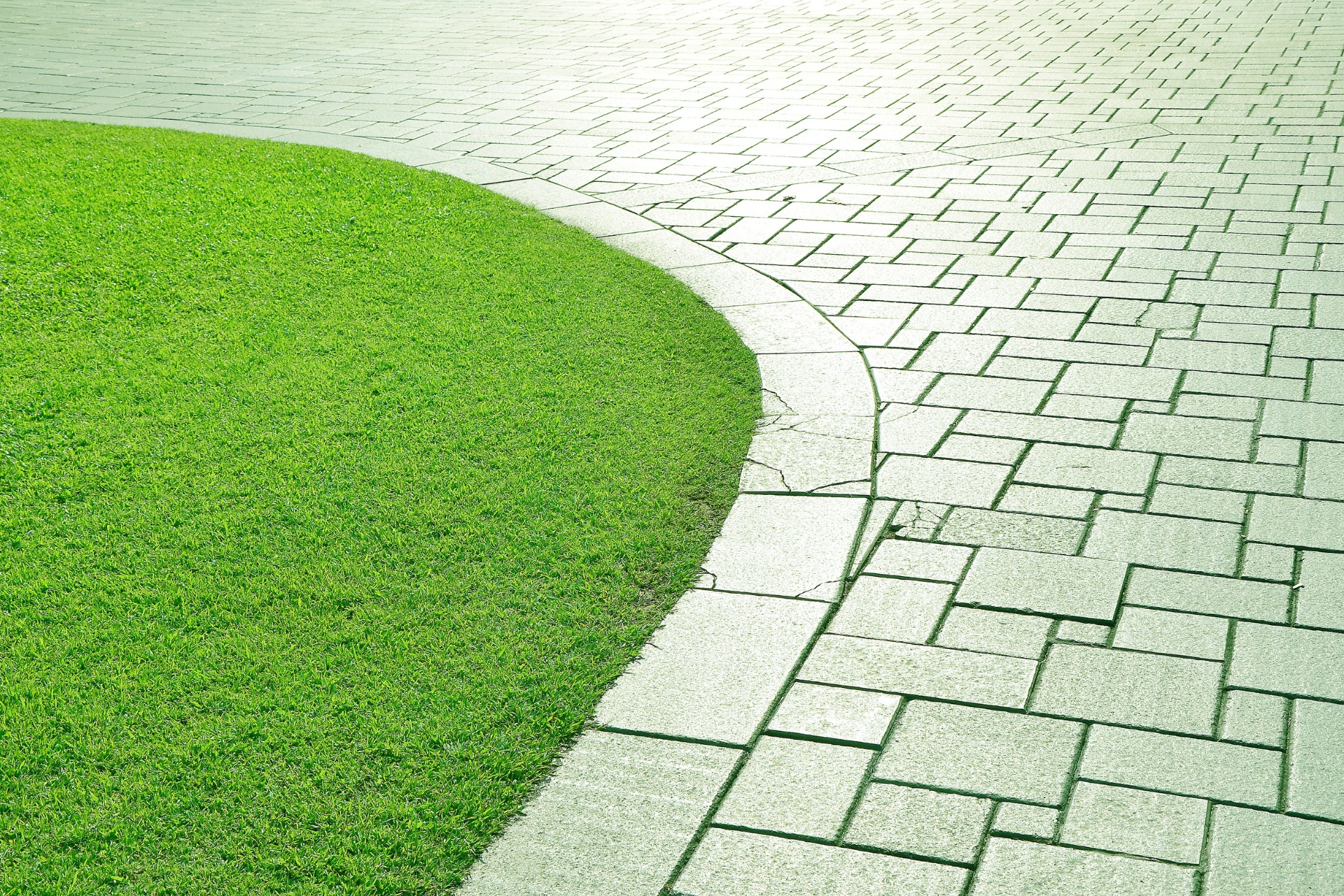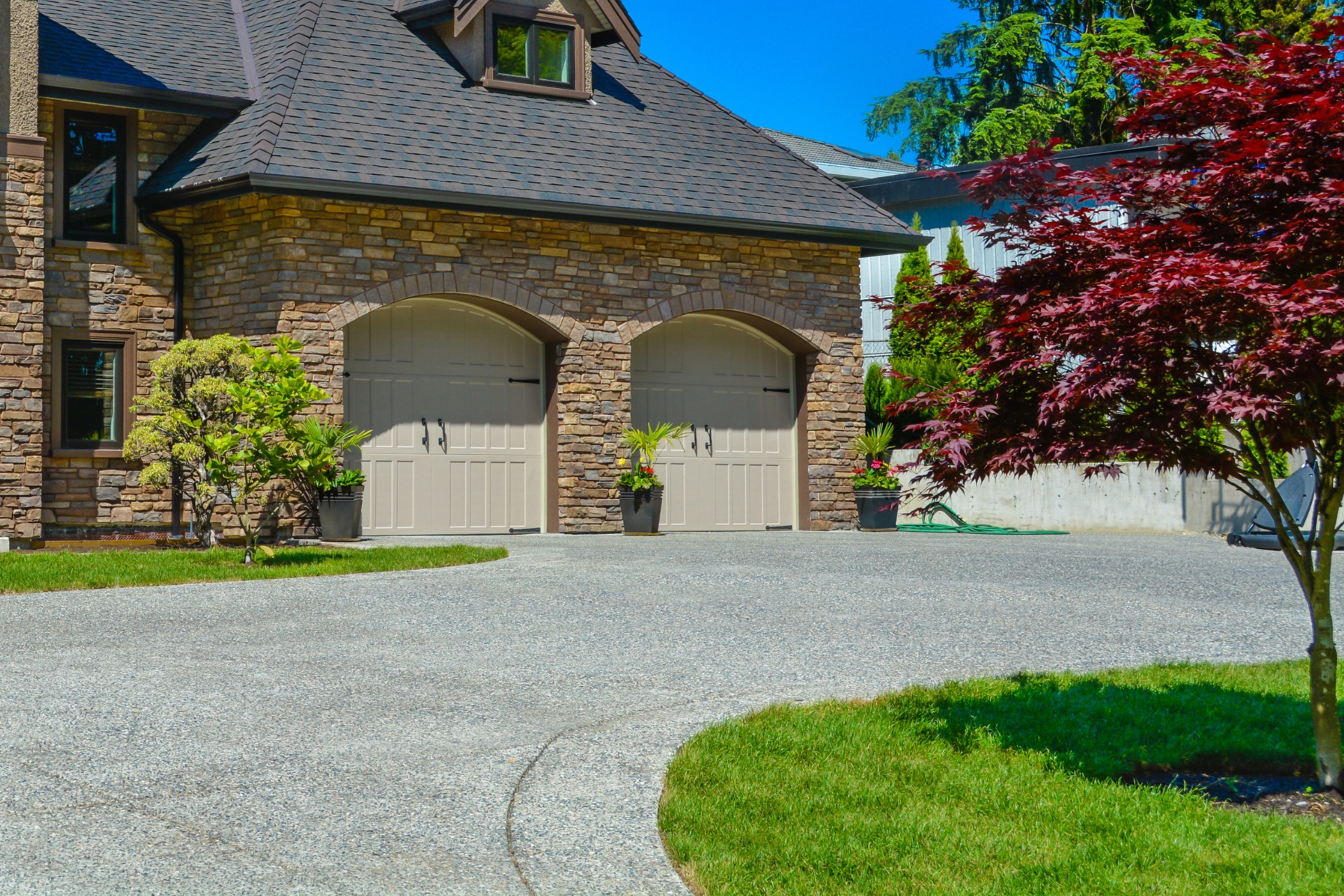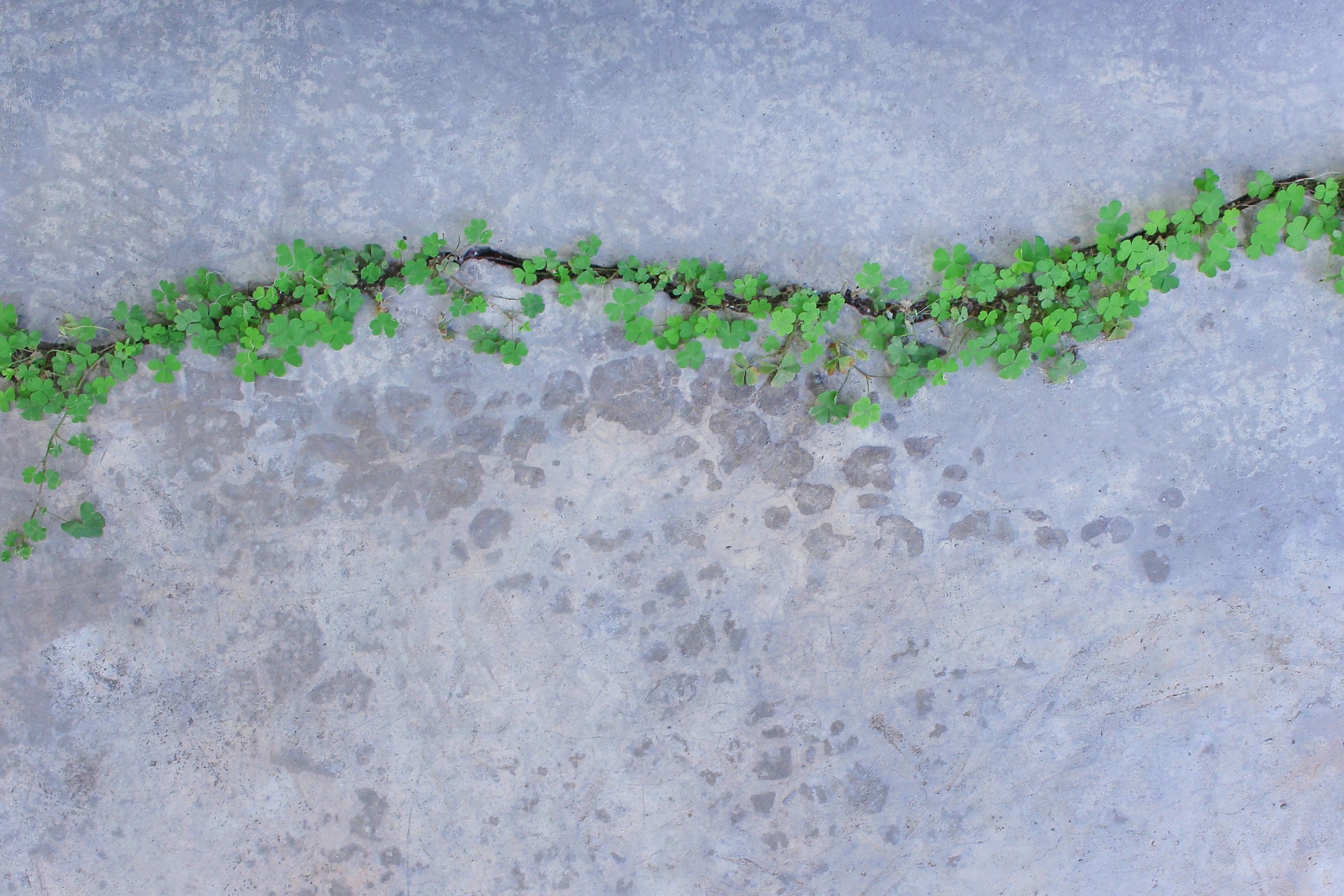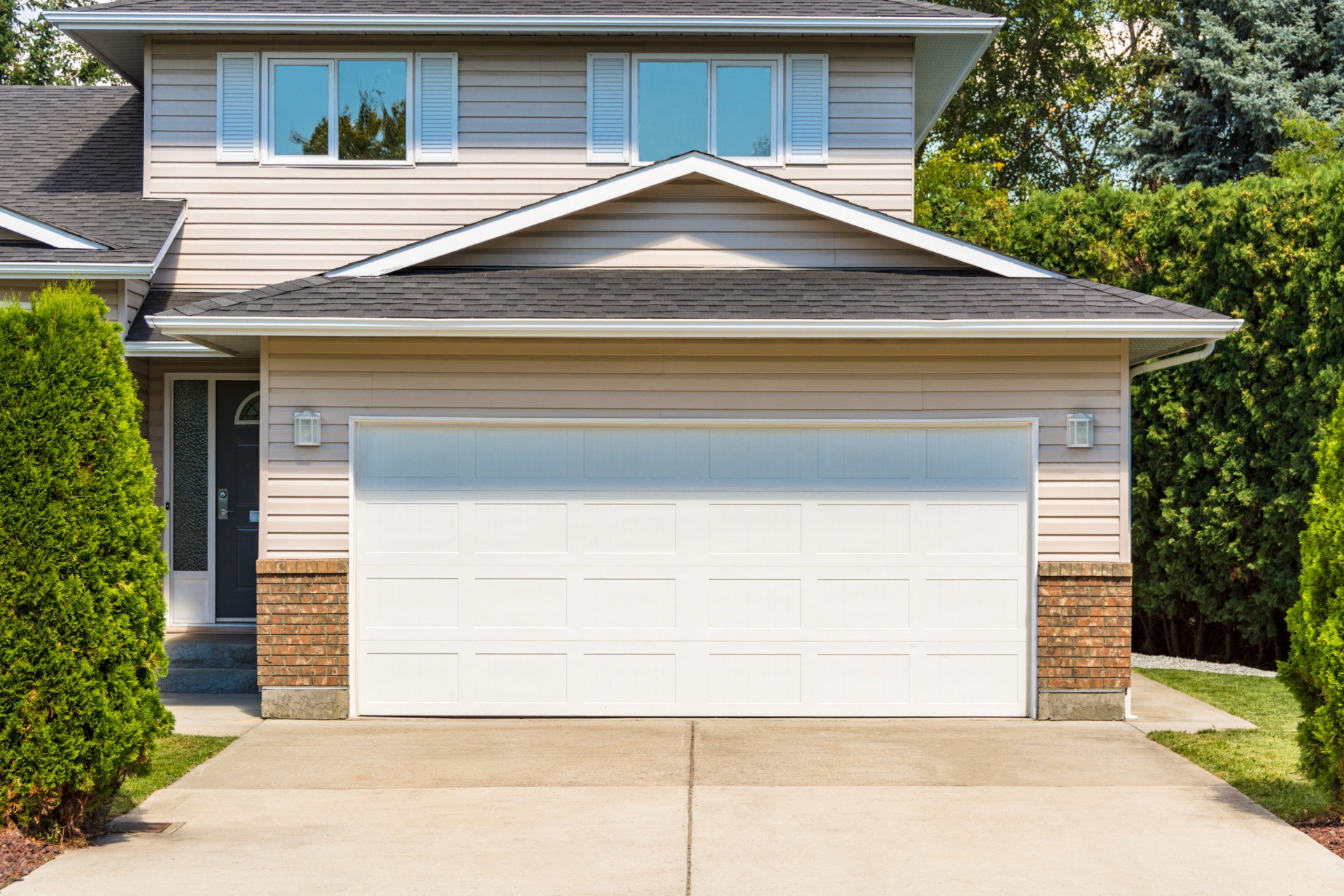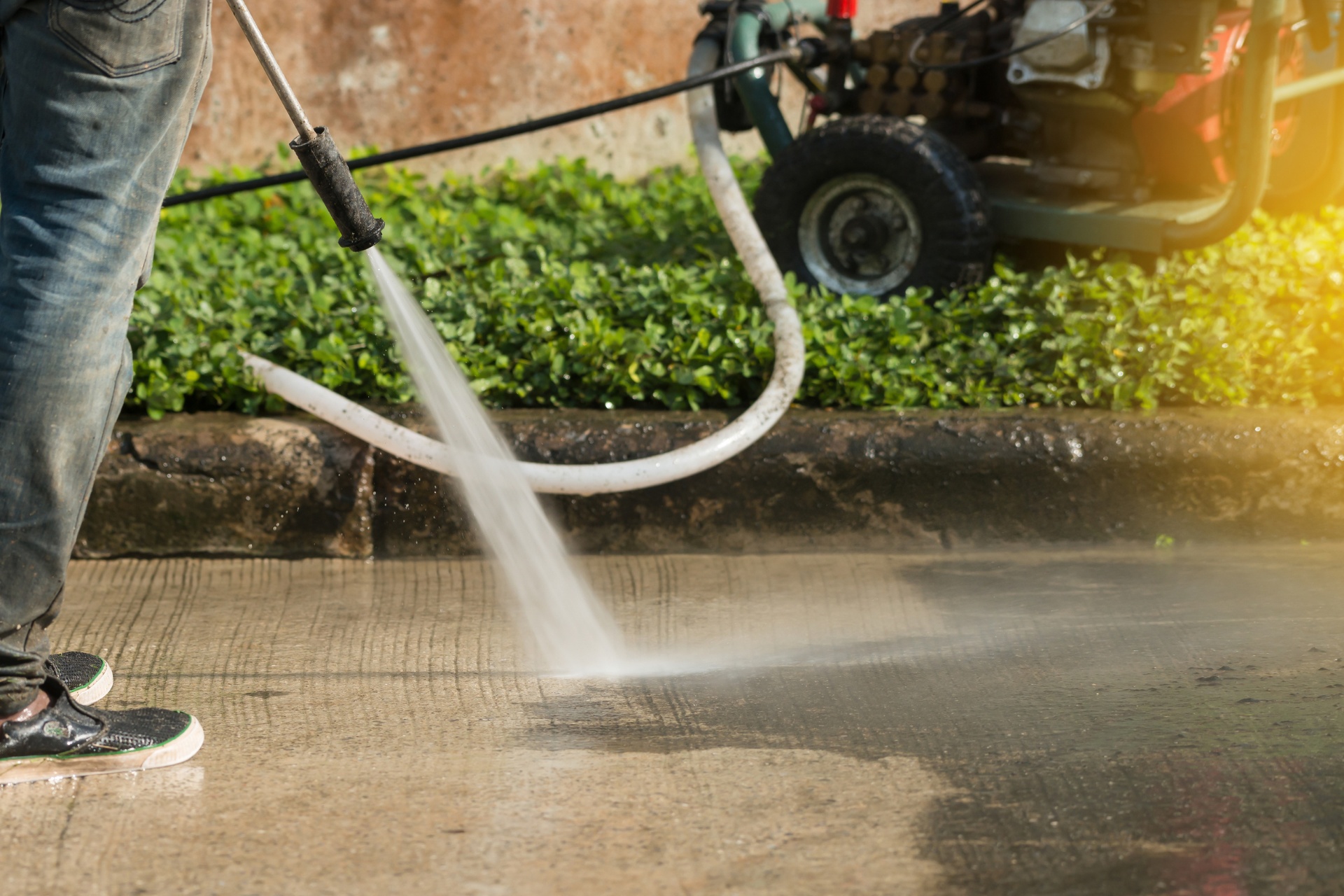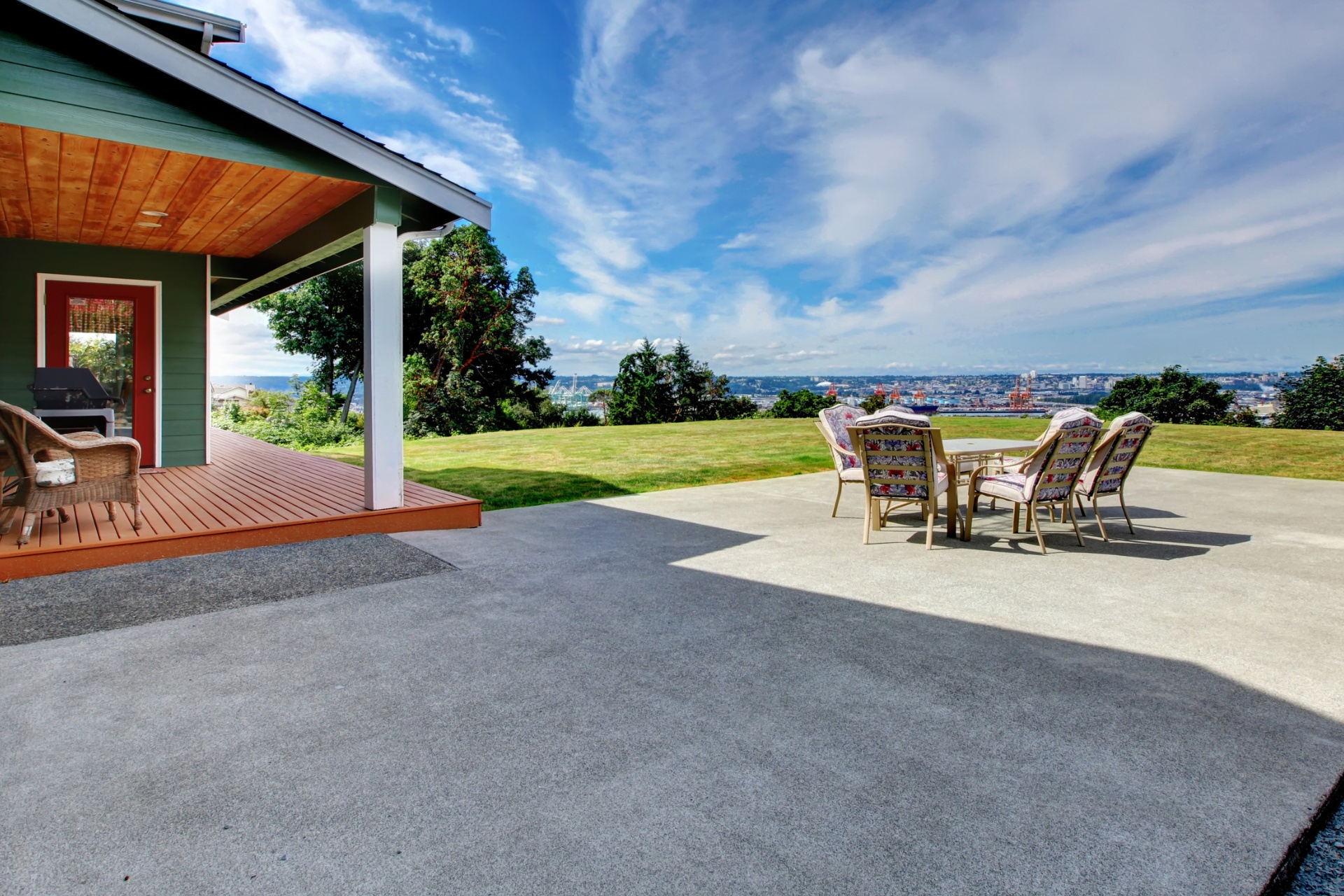Stamped Concrete Overlay Problems You Need To Be Aware Of
You need to be aware of several problems with stamped concrete overlays, including cracking and chipping due to weather fluctuations, particularly freeze-thaw cycles. Color fading and discoloration can result from UV exposure, but high-quality sealers offer protection. Delamination and peeling might occur if the overlay doesn’t bond well with the substrate due to moisture or … Read more

